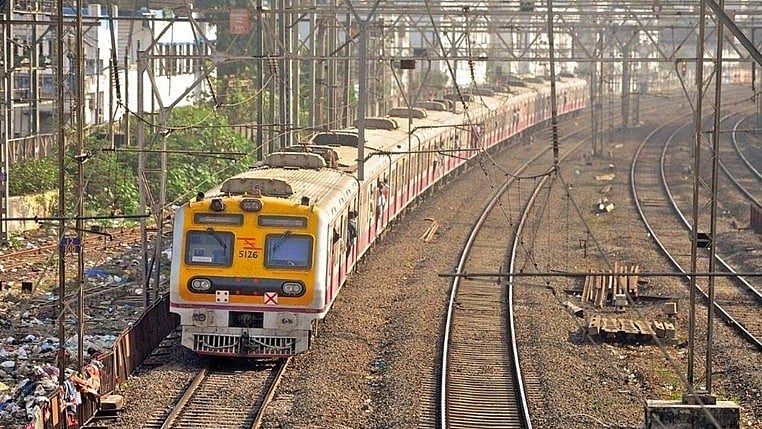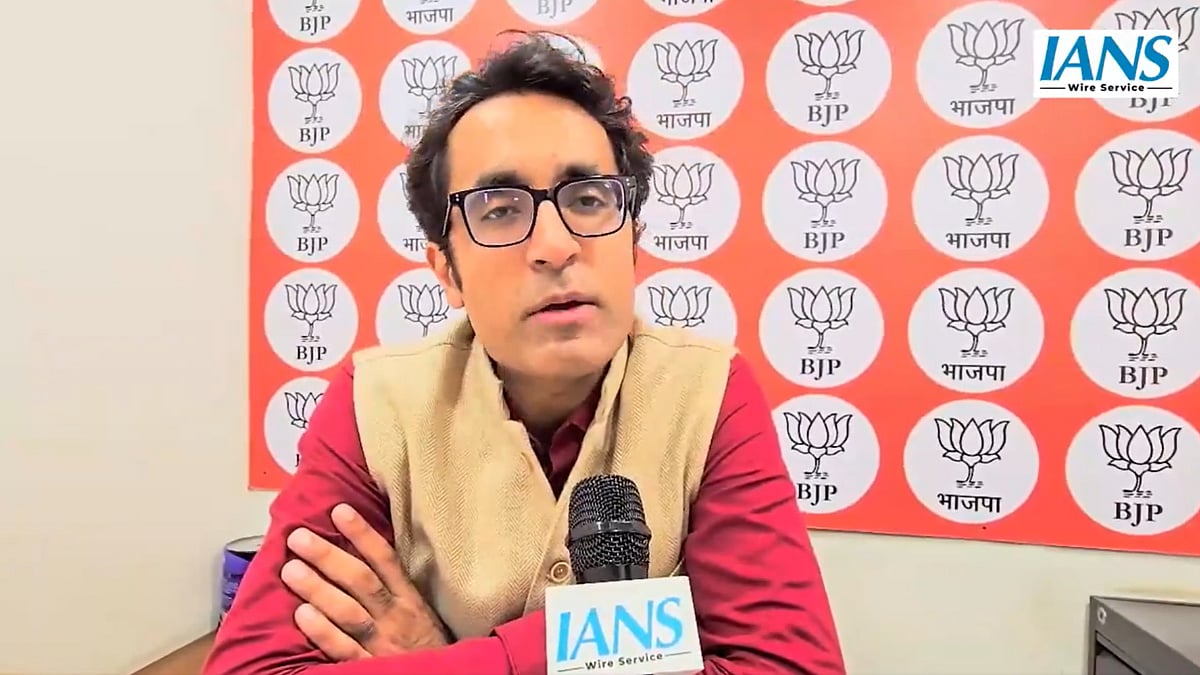**Stone Pelting on Mumbai’s Suburban Trains: A Growing Safety Concern**
Stone pelting incidents on Mumbai’s suburban railway network have escalated into a serious and persistent safety concern, threatening the lives of thousands of daily commuters. Despite various safety measures implemented by Indian Railways—including the installation of iron grills on train windows—the problem continues unabated. A new, more disturbing trend has emerged: passengers, especially those standing near train doors, are becoming direct targets.
In the past few weeks alone, three women have sustained serious injuries in separate stone pelting incidents on the Harbour Line, highlighting the urgency of the issue. Once dismissed as mere mischief, these acts are now being recognized as manifestations of deeper social, psychological, and infrastructural problems.
—
### A Disturbing Pattern: Recent Incidents Raise Alarm
On September 26, 28-year-old Shivani was injured on the head when a stone struck her on a CSMT–Goregaon slow local train near Reay Road station at 7:15 pm. Just days earlier, on September 18, 39-year-old Anuradha Sav suffered an eye injury near Wadala, and on September 15, 21-year-old Harshada Pawar was hit in the face near the Cotton Green–Reay Road section while travelling on the footboard.
These incidents are not isolated. According to officials from Central Railway, nearly 30 stone-pelting cases are reported every year across the Mumbai division of Central Railway. Comparatively, fewer cases — around 10 to 12 — are reported annually in the Western Railway’s Mumbai Central division.
In the Western Railway, most incidents occur in areas like Mahim, Bandra, Kandivali, and beyond Virar. On the Central Railway, most cases take place on the Harbour Line, particularly between Dockyard Road and Mankhurd. Additionally, areas like Kalwa, Mumbra, Diva, and beyond Kalyan on the Main Line record a higher number of stone-pelting incidents.
—
### Who Throws Stones?
In most cases, the individuals throwing stones at trains are children. Nearly 30% of these cases involve people who are substance abusers, mentally unstable, or suffer from psychological disorders.
Recently, Central Railway authorities arrested Naushad Ali Abdul Wahid Sheikh, a footpath dweller from Mohammed Ali Road, Bhendi Bazaar, who confessed to involvement in four such incidents. Officials noted that Naushad appears to be mentally unstable.
—
### Why Do People Throw Stones at Trains?
The motivations behind these acts are complex and troubling. According to a senior Railway Protection Force (RPF) official, many perpetrators are children and teenagers from nearby slum areas.
> “For many children, this is a game or a dare,” the official explained.
> “The thrill of hitting a moving train or watching someone duck can feel exciting to them. But they do not realize the damage they can cause.”
Dr. Harish Shetty, a noted psychiatrist, supports this view:
> “It’s a form of vicarious pleasure for bored children. But at a deeper level, it may be an unconscious rebellion—a symbolic strike against something they see as part of a privileged world they do not belong to.”
Experts emphasize that the problem is not just delinquency; rather, it reflects boredom, marginalization, and the lack of structured engagement opportunities for children in these communities.
—
### A Cry for Help: Deeper Issues at Play
AK Singh, former Principal Chief Security Commissioner of Central & Western Railways, stresses that real change will not come through punishment alone.
> “These are not just mischievous acts; they are symptoms of social neglect. We need to engage with these communities empathetically—through education, sports, arts, and trust-building. When children throw stones at trains, it’s not just mischief — it’s a cry for attention from those society has left behind.”
During his tenure, Singh focused on corrective rather than punitive measures:
> “We implemented educational and awareness drives to help children understand the dangers and consequences of their actions. Community-based sports and arts programs provided positive outlets for their energy. The RPF, in collaboration with NGOs and local schools, worked to build trust and meaningful connections within these communities.”
PC Sinha, former Chief Security Commissioner of Western Railway, adds that in some cases, stone pelting is also a form of anti-establishment sentiment:
> “Trains become a symbol of authority. For some, it’s a way to express anger towards a system that’s failed them.”
—
### Operational Responses: From Surveillance to Social Rehabilitation
To counter the rising menace, the Railway Protection Force (RPF), Government Railway Police (GRP), and local police have intensified efforts. Regular patrolling has been stepped up, and standalone surveillance cameras with live feeds have been installed at vulnerable spots.
K.K. Ashraf, former Senior Divisional Security Commissioner, Central Railway (Mumbai Division) and currently Chief Vigilance Officer of Kochi Metro, described his team’s multi-pronged approach:
> “Installing surveillance cameras completely eliminated stone-pelting at some high-risk spots. But technology alone isn’t enough. We launched ‘Operation Dignity’ to rehabilitate vulnerable people around the tracks—those suffering from grief, addiction, or unemployment—who might otherwise resort to antisocial behaviour.”
Ashraf recalled a case where a man, devastated after losing his son in a railway accident, began throwing stones out of grief and anger.
—
### Passengers Living in Fear
These incidents have left commuters, especially women, shaken.
Manasi Jana, a Tilaknagar resident and Harbour Line commuter, expressed her fear:
> “Every time I stand near the door, I worry a stone might hit me. It’s terrifying.”
Ashwini Nahar, a regular commuter from Chunabhatti, urged stronger police action in slum areas near the tracks:
> “We need more than patrolling. People need to understand that this isn’t a prank—it’s a crime.”
—
### A Multi-Dimensional Problem Needs a Multi-Pronged Solution
Stone pelting on Mumbai’s local trains is not just a law-and-order issue—it is a public safety hazard, a social issue, and a psychological cry for attention.
> “Addressing it requires coordinated action between the railways, police, local communities, NGOs, and mental health professionals. Only by combining enforcement with empathy, education, and engagement can Mumbai hope to put an end to this dangerous trend—and make its lifeline trains safer for the millions who depend on them every day,” said a senior railway official.
The official further added:
> “The Government Railway Police (GRP), city police, and Railway Protection Force (RPF), along with civil society organizations, need to adopt a more preventive, community-driven approach. This includes frequent awareness campaigns in slum communities, regular meetings with local leaders and residents, educational programs in nearby schools, community engagement through sports and arts, and the installation of surveillance systems.”
—
For details on exclusive and budget-friendly property deals in Mumbai and surrounding regions, visit:
[https://budgetproperties.in/](https://budgetproperties.in/)
https://www.freepressjournal.in/mumbai/mumbai-rising-stone-pelting-incidents-on-suburban-railway-network-spark-major-safety-concern


